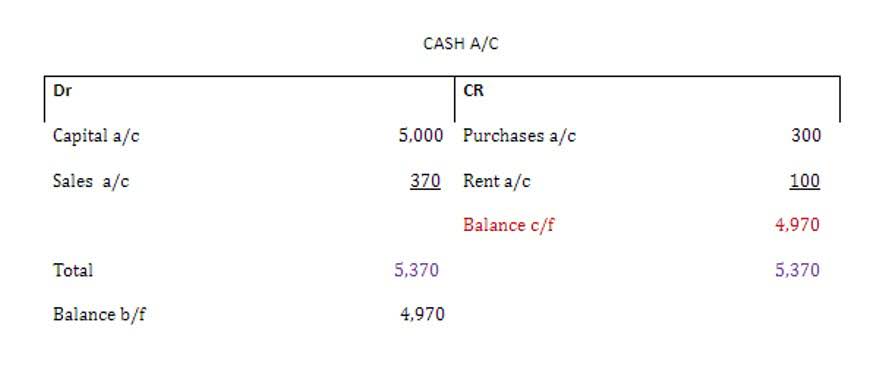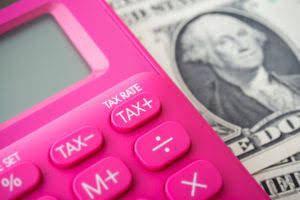
Notes receivable offer businesses a structured and secure way to extend credit. They provide legal enforceability, potential interest income, and can significantly impact a company’s financial statements. As such, they are a powerful tool in the arsenal of financial instruments available to businesses.
- Assets with values that are recorded in the current assets account are considered to be current assets.
- You should classify a note receivable in the balance sheet as a current asset if it is due within 12 months or as non-current (i.e., long-term) if it is due in more than 12 months.
- While notes receivable are an important asset, their impact on liquidity is not straightforward.
- The conversion of notes into cash depends on the borrower’s ability to pay, which can be influenced by their financial stability and the broader economic environment.
- If they expect the debt to be fully repaid within 12 months, then the note receivable will be recorded as a short-term asset.
3.3.3 Other information about the loans and receivables

A customer wishes to purchase equipment now put wishes to pay the amount back in monthly installments, including interest on top of the principal amount. Upgrading to a paid membership gives you access to our extensive collection of plug-and-play Templates designed to power your performance—as well as CFI’s full course catalog and accredited Certification Programs. If these notes are due for more than one year, it is referred to as a Non-Current Asset in that particular case. Other than Trade Receivables, several different types of receivables need to be factored in. Similarly, it also helps to decide on the future trajectory regarding the credit limit that needs to be extended and other relevant credit-related policies. Similarly, Other Receivables also reflect the amount owed by the business by non-trading elements.
Financial Close Solution
However, other than that, it can be seen that there can be several other cases where other receivables might exist on the company’s balance sheet. On the contrary, it can be seen that Non-Current Assets are long-term investments that the company makes, and they are expected to generate returns across a period of more than 12 months. Current assets are likely to generate a return for the company within 12 months. In this regard, assets tend to be elementary classes because they tell the value of recoverable amounts from various financial statements. It includes any form of currency that can be readily traded including coins, checks, money orders, and bank account balances.

Please Sign in to set this content as a favorite.
Unlike accounts receivable (informal amounts owed by customers from everyday credit sales), notes receivable are more formal and often arise from specific transactions. These can include loans made to employees, sales of high-value items requiring net sales extended payment terms, or the conversion of past-due accounts receivable into a more structured debt with interest. Notes receivables are written promissory notes which give the holder or bearer the right to receive the amount mentioned in the agreement.

Financial Reporting
- In this article, we’ll explain what notes receivable are, how they’re treated in financial accounting and reporting, and how they impact cash flow management.
- As such, they’re included in the balance sheet under the current asset category.
- These examples underscore the multifaceted applications of notes receivable and their potential to bolster a company’s financial strategy.
- This note is automatically tracked, and its creditworthiness is continually assessed by AI algorithms.
- As someone once said, “turnover is vanity, profit is sanity, but cash is king”5.
- They are classified as assets because they represent a future inflow of cash and are thus expected to bring economic benefits to the company.
The interest income generated from these notes is recognized in the income statement, contributing to the company’s profitability. By understanding what constitutes current assets and how to classify them correctly, businesses can make informed decisions about their finances. With proper management of notes receivable as part of their procurement process, businesses will remain financially stable while achieving sustainable growth over time. Yes, notes receivable are typically classified as current assets if they are expected to be collected within one year. This is because current QuickBooks Accountant assets are assets that are expected to be converted into cash or used up within a relatively short period, usually within 12 months. Accounts receivable represent amounts owed for goods or services provided on credit without necessarily formalized terms.
- However, if the buyer faces financial difficulties and cannot repay the note, the seller may need to revise the valuation of the note, impacting its liquidity.
- In the realm of home-based businesses, IT consulting emerges as a pivotal force, driving innovation…
- By understanding notes receivable, businesses can better manage their financial assets and liabilities, ensuring a more stable financial position.
- Notes Receivable are an asset as they record the value that a business is owed in promissory notes.
- As mentioned above, the company must determine, using the timeframe of the note receivable, whether it classifies as a current asset or non-current.
Journal Entries for Notes Receivable

They may also be subject to different accounting treatment depending on whether they are secured by collateral or is note receivable a current asset not. Notes receivable can be an important component of a company’s financial health – but it’s important to manage them carefully and keep track of all repayments and interest accruals. The maker of the note receivable, along with a principal amount, must also pay interest on it.
